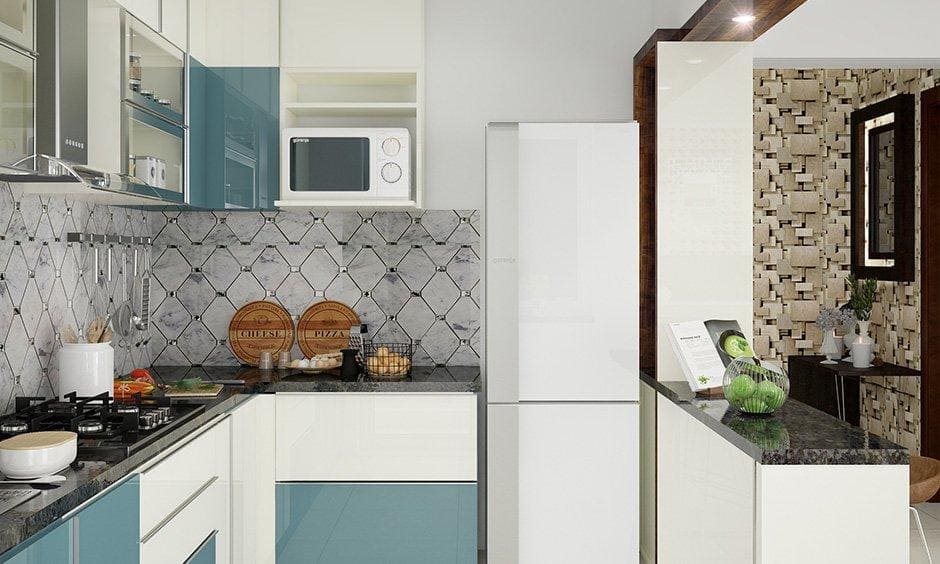In the era of smart homes and digital assistants, understanding the nuances of muting voice-controlled devices is essential. These devices have seamlessly integrated into our daily lives, providing convenience and efficiency. However, as they become more prevalent, concerns about privacy and control have also risen. This guide will explore the reasons and techniques for muting these devices, ensuring your home remains both smart and secure.

The Rise of Voice-Controlled Devices
The advent of voice-controlled devices has revolutionized how we interact with technology. From setting reminders to controlling smart home systems, these devices offer a hands-free experience. According to a study by eMarketer, the use of voice assistants is expected to grow significantly in the coming years, underscoring their importance in modern living.
Why Mute Your Voice-Controlled Devices?
Privacy Concerns
One of the primary reasons for muting these devices is to address privacy concerns. Voice assistants are always listening for their wake words, which can lead to inadvertent recording of private conversations. By muting them, you ensure that your personal discussions remain confidential.
Preventing Accidental Activations
Another reason to consider muting is to prevent accidental activations. These devices can sometimes misinterpret sounds or words, leading to unintended actions. Muting them can prevent such mishaps, ensuring your commands are deliberate and precise.
How to Mute Your Voice-Controlled Devices
Using Built-in Features
Most voice-controlled devices come with built-in muting features. For instance, Amazon Echo devices have a mute button that disconnects the microphone, ensuring privacy. Similarly, Google Home devices can be muted by pressing the microphone button. Understanding these features can help you take control of your devices listening capabilities.
Software Controls
Aside from physical buttons, many devices offer software controls to manage muting. Through the devices app, users can access settings to disable the microphone temporarily. This method provides flexibility, allowing you to mute and unmute as needed.
Balancing Convenience and Privacy
While muting is a viable solution, its important to balance convenience with privacy. Leaving your device unmuted enables quick access to its features, enhancing the efficiency of your smart home. However, being mindful of when to mute can ensure your privacy is not compromised.
Scheduled Muting
For a balanced approach, consider implementing scheduled muting. Many devices allow you to set specific times for muting, such as during meetings or at night. This ensures privacy during crucial times while maintaining accessibility when needed.
Integrating Voice and Mute Features
Integrating voice assistants with other smart devices can enhance your homes capabilities. However, its crucial to understand how these integrations affect privacy. For more insights on connecting smart devices, visit our guide on connecting smart devices with Alexa.
Customizing Wake Words
Customizing the wake word for your device can also aid in preventing accidental activations. By choosing a unique word, you reduce the chances of your device responding to unintended commands.
Implications of Muting on Smart Home Performance
Muting your device might impact its performance, particularly in terms of response time. However, the trade-off often results in enhanced privacy and fewer interruptions. Understanding this balance is key to effectively managing your smart home environment.
Voice Recognition and Machine Learning
Voice recognition technology relies heavily on machine learning. By muting your device, you might limit its learning capabilities. For a deeper understanding, explore our article on machine learning in voice recognition.
Conclusion
Muting voice-controlled devices is an essential practice for ensuring privacy and security in the digital age. By understanding and utilizing the muting features of these devices, you can take control of your smart home environment, enjoying the benefits of technology without compromising your privacy.

FAQs
How do I mute my voice-controlled device?
Most devices have a physical mute button or software options in their settings menu. Refer to the user manual for specific instructions.
Will muting affect my devices performance?
Muting may impact response time and learning capabilities, but it enhances privacy and reduces unintended activations.
Can I schedule when my device is muted?
Yes, many devices offer scheduled muting options, allowing you to set specific times for the device to be muted.
This article contains affiliate links. We may earn a commission at no extra cost to you.





